Table of Content
- 1. Prefabricated Panels
- 2. Natural Stone
- 3. Concrete Sheets
- 4. Stone Cladding
- 5. Reclaimed Timber
- 6. Fly Ash Bricks
- 7. Aerated Autoclaved Concrete (AAC) Blocks
- 8. Waste and Recycled Materials
- 9. Traditional Bricks
- 10. Straw Roofing (Thatch Roofing)
- 11. Corrugated Metal Sheets
- 12. Laminated Veneer Lumber (LVL)
- 13. Hempcrete
- 14. Rammed Earth
- 15. Bamboo
- Conclusion
Owning a home is one of life’s greatest milestones, but the reality of high construction costs often makes this dream feel out of reach. The good news is that you can significantly reduce expenses without compromising on quality by choosing Cost Effective Building Materials. These materials not only help you save money but also ensure durability, functionality, and, in many cases, eco-friendliness.
In recent years, sustainable and affordable building materials have gained immense popularity as homeowners increasingly look for solutions that balance cost, performance, and environmental responsibility. If you are planning to construct a home within a budget, this guide will walk you through 15 Cost Effective Building Materials that can help you achieve your dream house smartly.
1. Prefabricated Panels
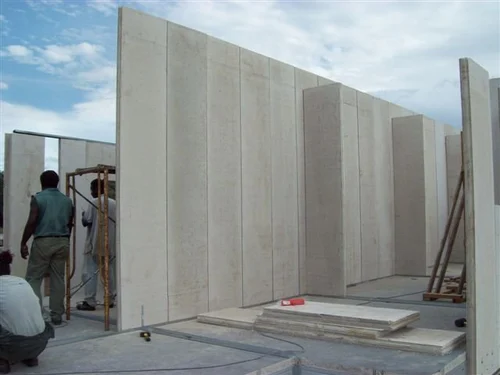
Prefabricated panels are factory-made sections that are transported and assembled at the construction site. Their biggest advantage lies in speed and precision, as most of the work is completed in a controlled environment.
Why are they cost-effective:
- Reduced on-site labour costs.
- Faster installation compared to traditional methods.
- Flexibility in design and customisation.
For homeowners aiming to save time and money, prefabricated panels are an excellent modern choice.
Also Read: Fire Extinguisher for Home: Types of Fire Extinguishers, How to Use & More
2. Natural Stone
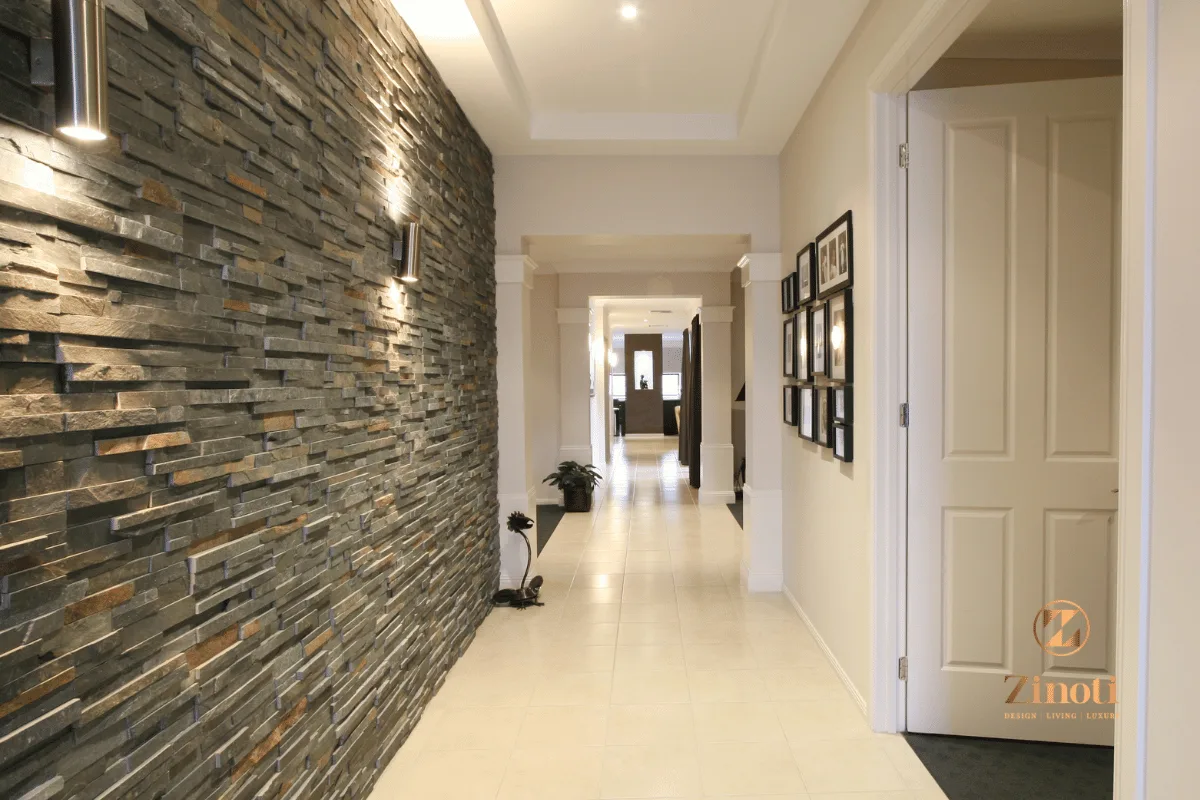
Materials like granite, marble, and limestone have been used for centuries and remain timeless in both appearance and strength.
Advantages of natural stone:
- Minimal maintenance and high durability.
- Long lifespan, reducing repair and replacement costs.
- Suitable for both interiors and exteriors.
While natural stone may seem expensive initially, its longevity makes it a cost-effective building material in the long run.
3. Concrete Sheets
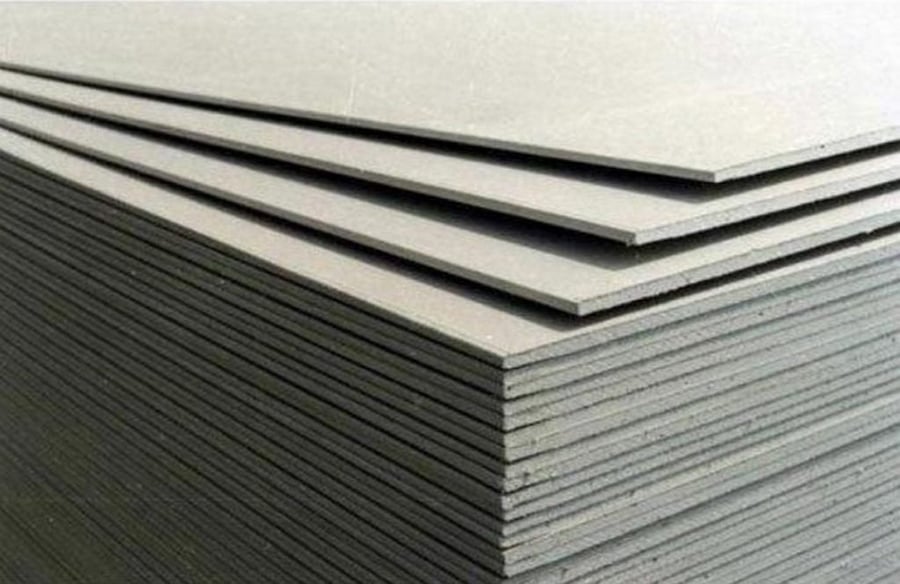
Concrete sheets, also called precast concrete panels, are lightweight and versatile. They are widely used in both residential and commercial projects.
Key benefits:
- Quick and easy to install.
- Fire and water-resistant.
- Durable and affordable compared to traditional walls.
Concrete sheets are a practical choice for homeowners looking for strength without overspending.
4. Stone Cladding
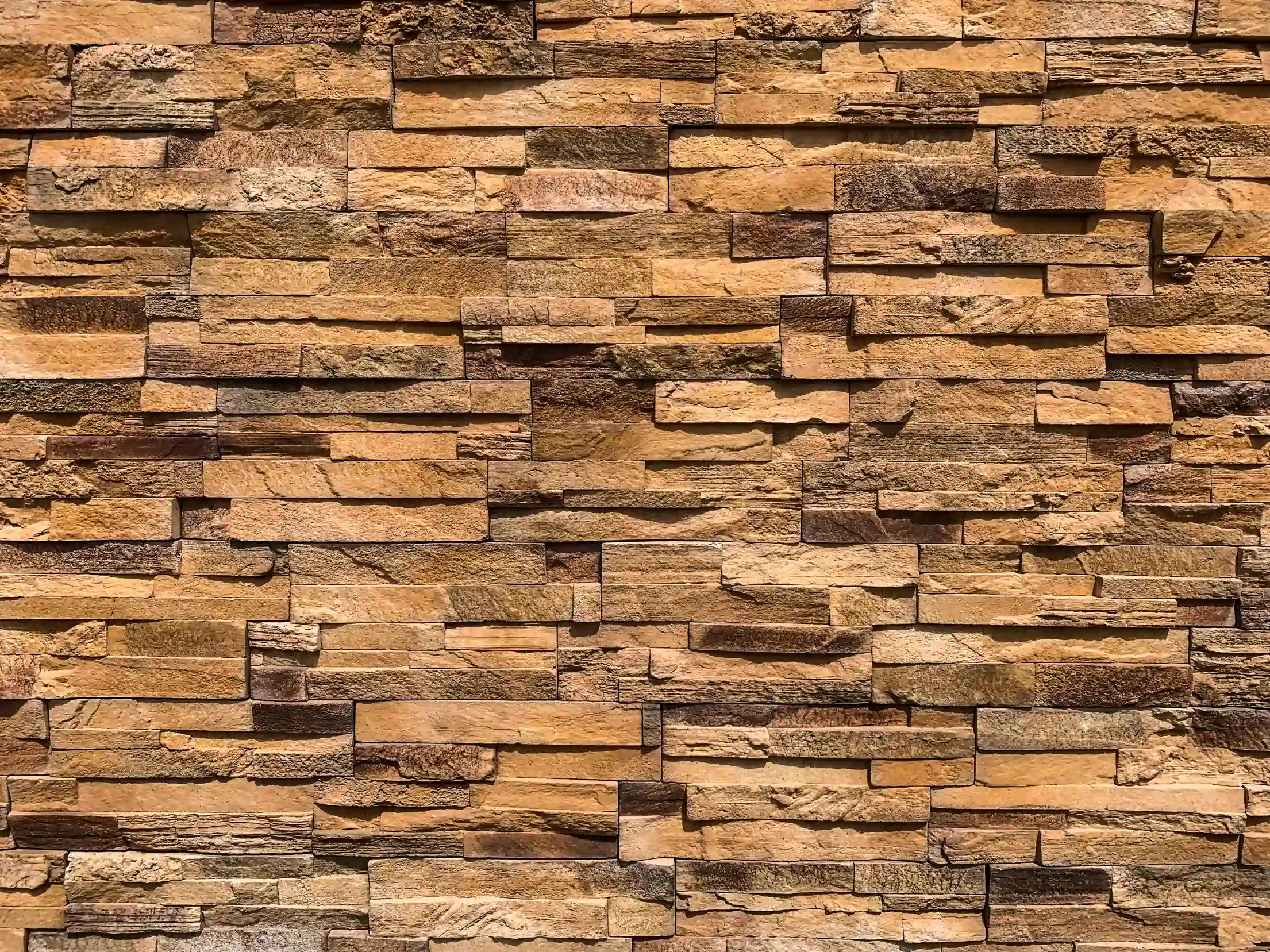
Stone cladding has become a popular design trend for adding a premium look at a reasonable cost. It is used on both interior and exterior walls.
Why choose stone cladding?
- Affordable compared to full stone walls.
- Provides insulation and weather resistance.
- Reduces the need for frequent painting.
It offers an elegant appearance while remaining cost-effective.
5. Reclaimed Timber
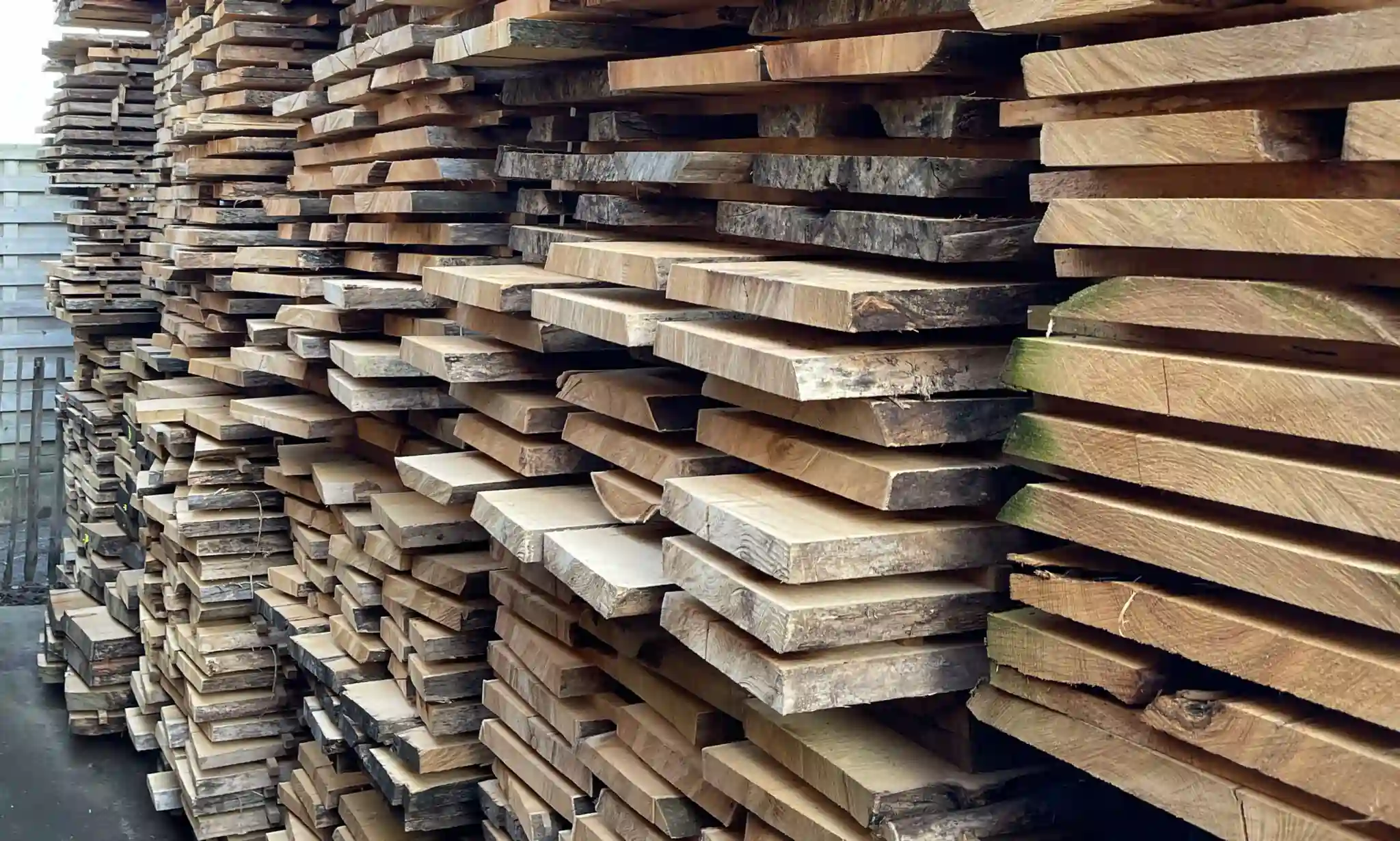
Reclaimed or antique timber is sourced from old warehouses, barns, and buildings. It is highly valued for its unique texture and eco-friendly qualities.
Benefits include:
- Strong and naturally durable.
- Adds a rustic, aesthetic appeal.
- Environmentally sustainable.
Reclaimed timber is versatile for flooring, furniture, and wall panels, making it a budget-friendly yet stylish option.
6. Fly Ash Bricks
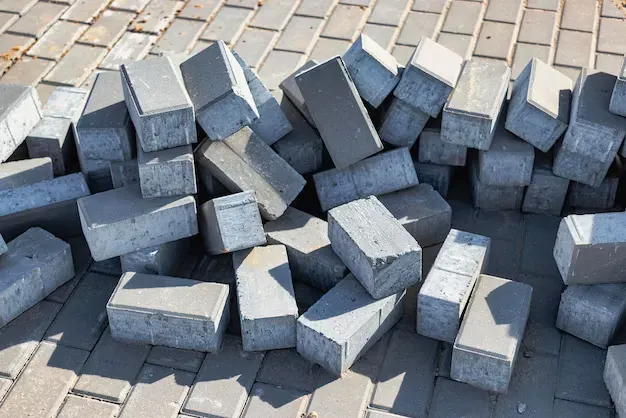
Fly ash bricks are made from a by-product of coal combustion mixed with lime and water. They are a cost effective and eco-friendly substitute for traditional bricks.
Advantages:
- 20–30% cheaper than cement bricks.
- Require less water during construction.
- Durable and lightweight.
These bricks are widely used in urban and semi-urban housing projects as they combine affordability with strength.
7. Aerated Autoclaved Concrete (AAC) Blocks
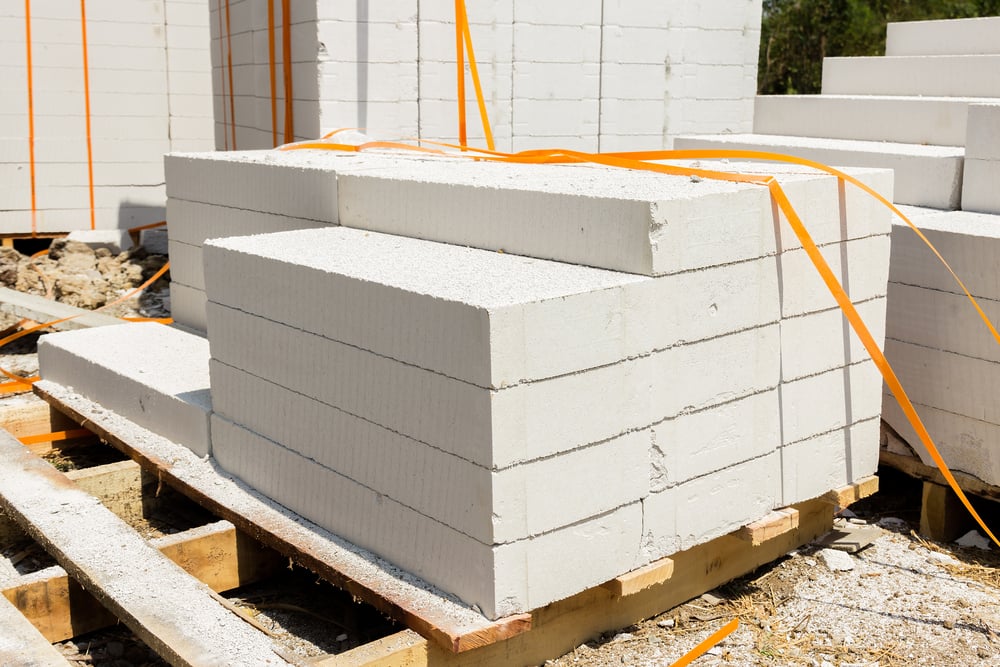
AAC blocks are made from cement, lime, sand, and a foaming agent that gives them a lightweight, porous structure.
Why AAC blocks are Cost Effective Building Materials:
- Reduce structural load, lowering construction costs.
- Excellent insulation properties, saving on energy bills.
- Fire-resistant and eco-friendly.
These blocks are ideal for homeowners who want to combine affordability with sustainability.
8. Waste and Recycled Materials
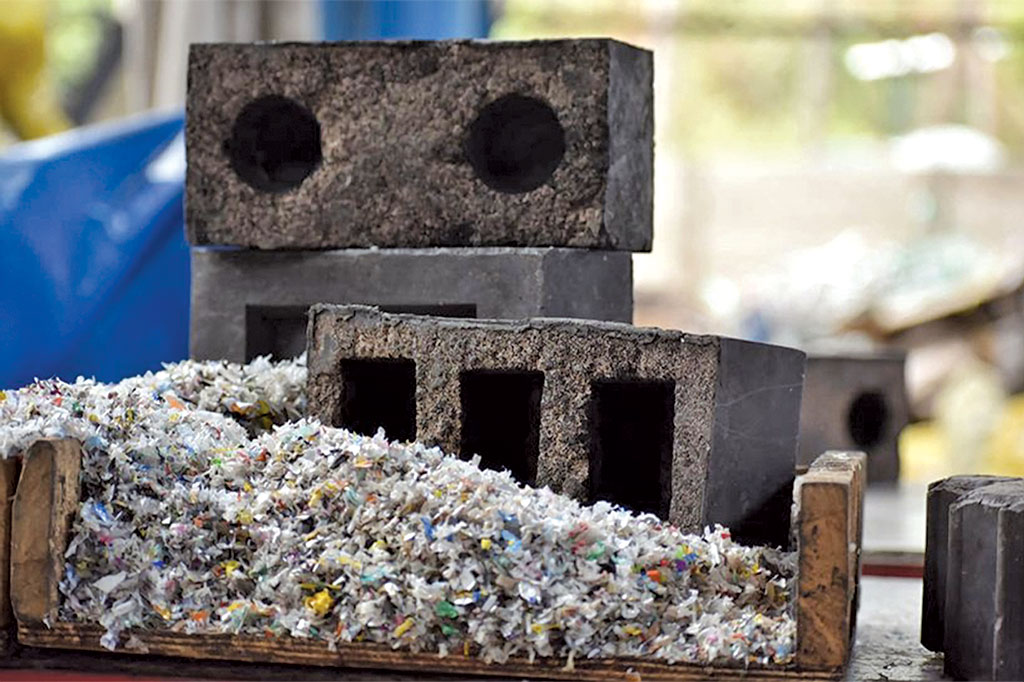
In modern construction, recycled materials like plastic bottles, scrap metals, and demolished building debris are increasingly being reused.
Benefits:
- Extremely affordable and sustainable.
- Reduce landfill waste and environmental impact.
- Provide innovative design opportunities.
Using recycled building materials is both cost effective and eco-conscious, making it a win-win for budget-friendly projects.
9. Traditional Bricks
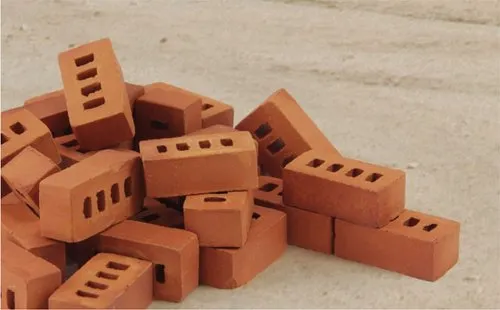
Bricks have been used for centuries and continue to be one of the most dependable building materials.
Why they remain relevant:
- Energy-efficient and thermally insulating.
- Fire-resistant and long-lasting.
- Affordable and easy to source.
Creative designs using traditional bricks can give homes a modern yet classic appeal at a reasonable cost.
10. Straw Roofing (Thatch Roofing)
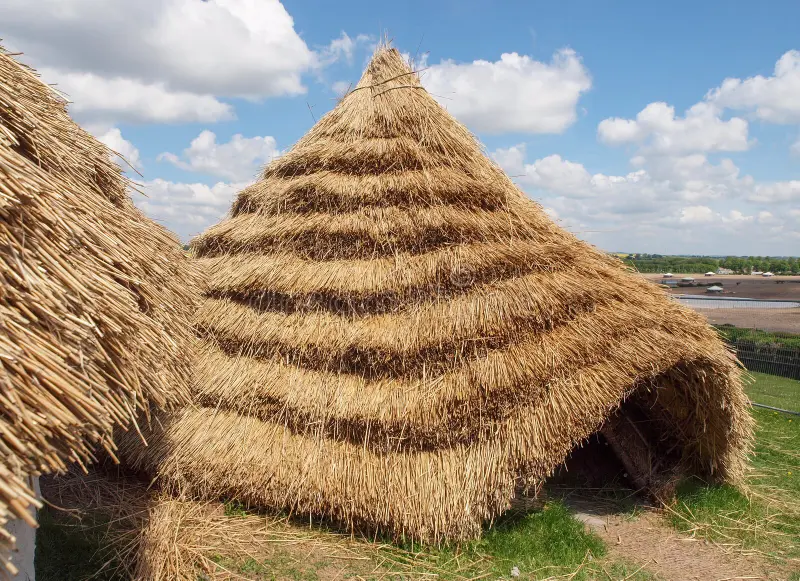
Straw or thatch roofing is one of the oldest construction techniques, using dried vegetation such as straw, reeds, or grass.
Advantages:
- Provides natural insulation.
- Creates a rustic and aesthetic appeal.
- Very Cost Effective Building Materials compared to modern roofing.
It remains popular in rural areas and eco-conscious housing projects.
11. Corrugated Metal Sheets
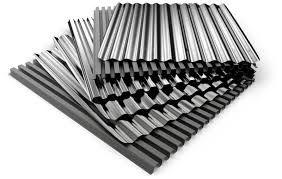
Corrugated sheets are one of the most affordable and durable roofing options.
Key features:
- Lightweight and easy to transport.
- Weather-resistant and recyclable.
- Quick installation reduces labour costs.
This material is especially suitable for sheds, garages, and budget-friendly homes.
12. Laminated Veneer Lumber (LVL)
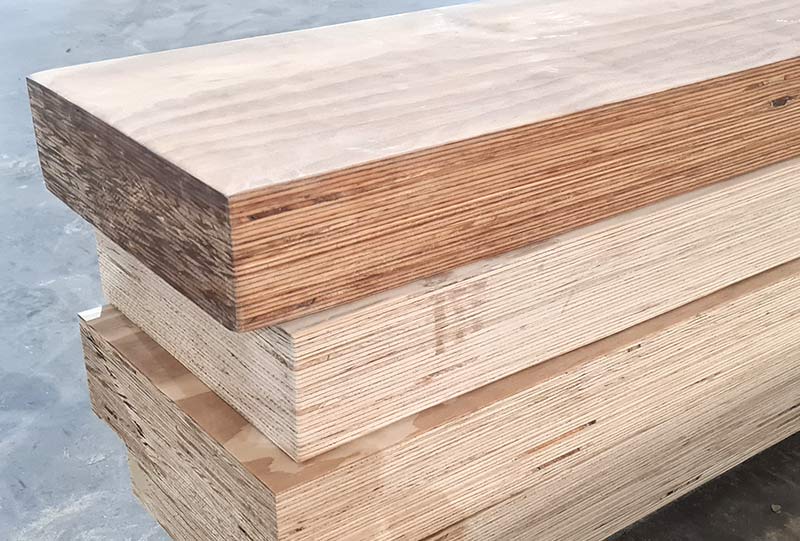
LVL is an engineered wood made by bonding thin wood veneers under heat and pressure.
Benefits of LVL:
- Stronger and more durable than regular timber.
- Suitable for beams, frames, and ceilings.
- Eco-friendly and cost effective.
It combines the beauty of natural wood with the strength of engineered materials.
Also Read: How to Choose the Right Brick Size and Type for Your Dream Home
13. Hempcrete
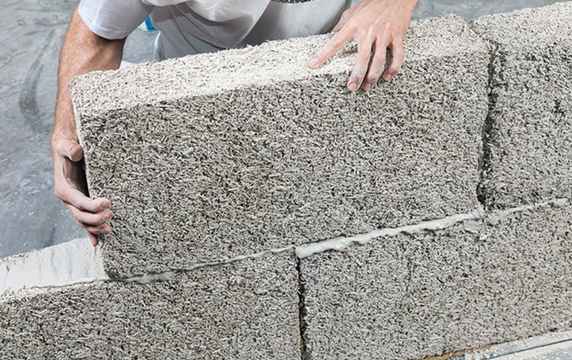
Hempcrete is a lightweight, bio-composite made from hemp and lime.
Why it is gaining popularity:
- Vapour-permeable, preventing moisture issues.
- Provides natural insulation.
- Sustainable and energy-efficient.
Though relatively new, hempcrete is emerging as one of the most promising eco-friendly building materials.
14. Rammed Earth
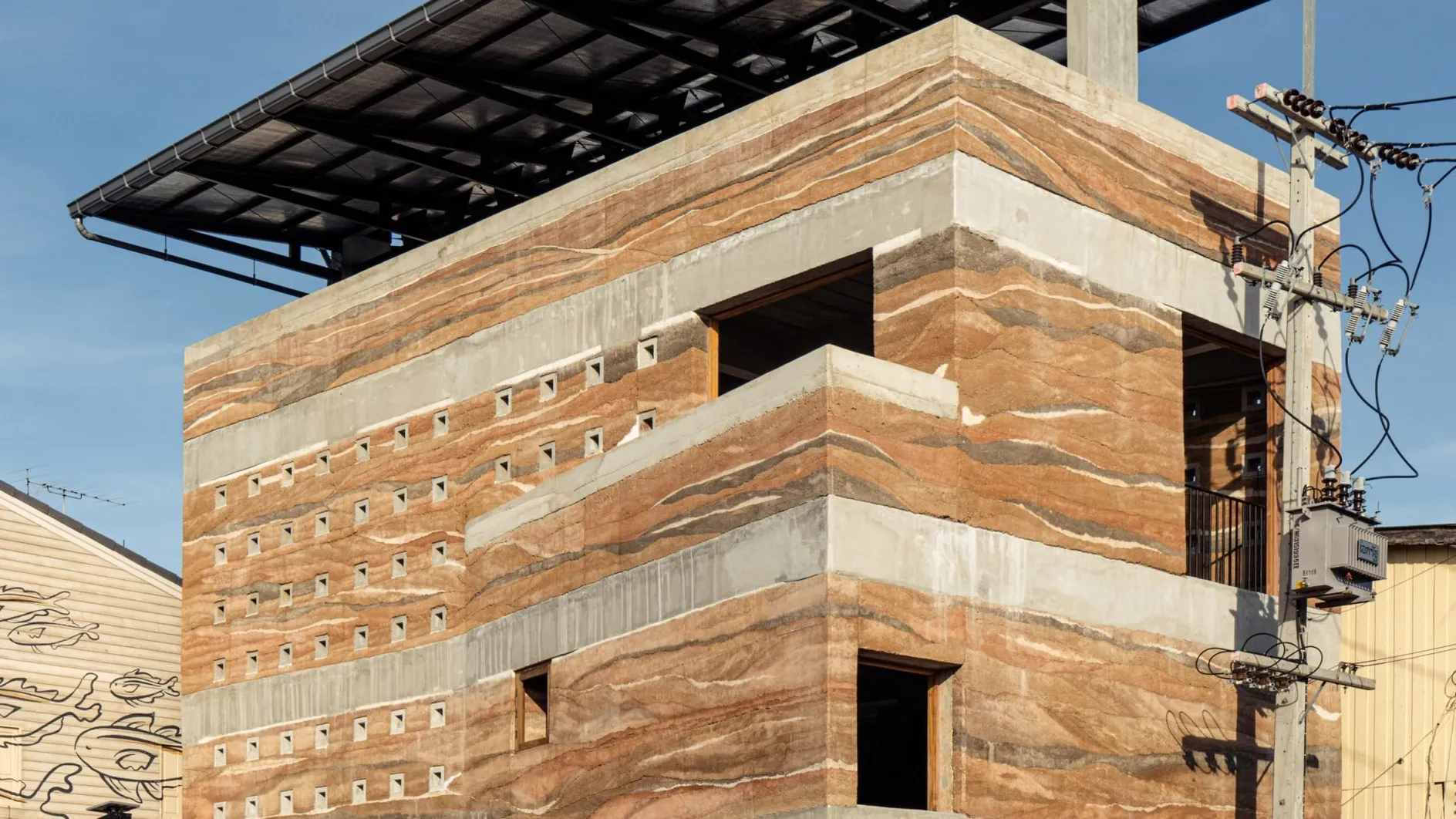
Rammed earth construction uses soil, clay, sand, and gravel compressed into solid walls.
Advantages:
- Excellent thermal properties, reducing heating and cooling costs.
- Extremely durable and eco-friendly.
- Provides a natural, earthy finish.
This technique is cost effective in regions with easy access to soil and clay.
15. Bamboo
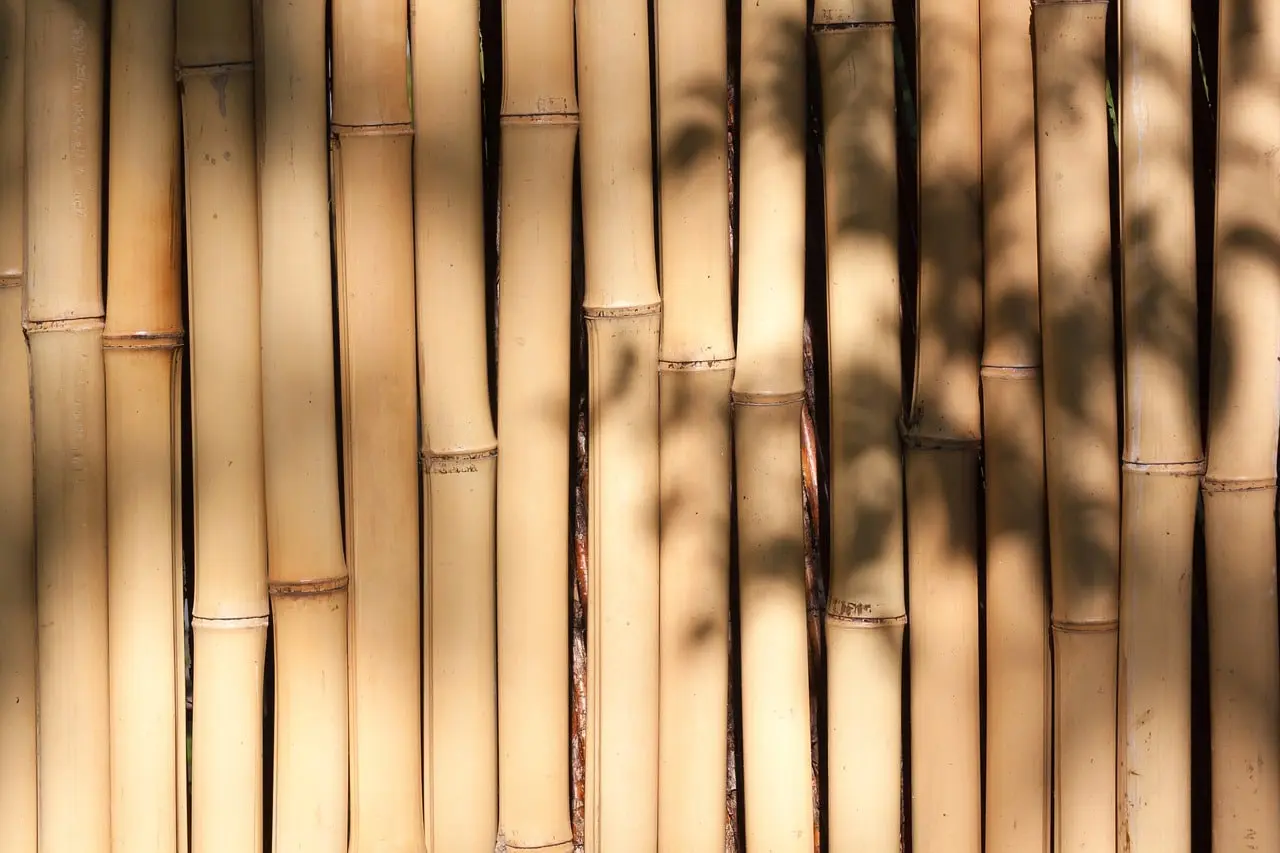
Bamboo is one of the fastest-growing renewable resources, making it an ideal construction material.
Benefits of bamboo:
- Stronger than many hardwoods.
- Flexible and versatile for flooring, fencing, roofing, and walls.
- Affordable and sustainable.
It is a popular choice in tropical regions and is increasingly being adopted worldwide.
Conclusion
Building a dream home doesn’t always mean overspending. By choosing the right Cost Effective Building Materialss, homeowners can save significantly while still achieving quality and style. From prefabricated panels and AAC blocks to bamboo and reclaimed timber, these materials prove that affordability and durability can go hand in hand.
Many of these options are also eco-friendly, making them perfect for a sustainable future. With smart planning and innovative design, you can construct a home that balances budget, beauty, and long-term performance.

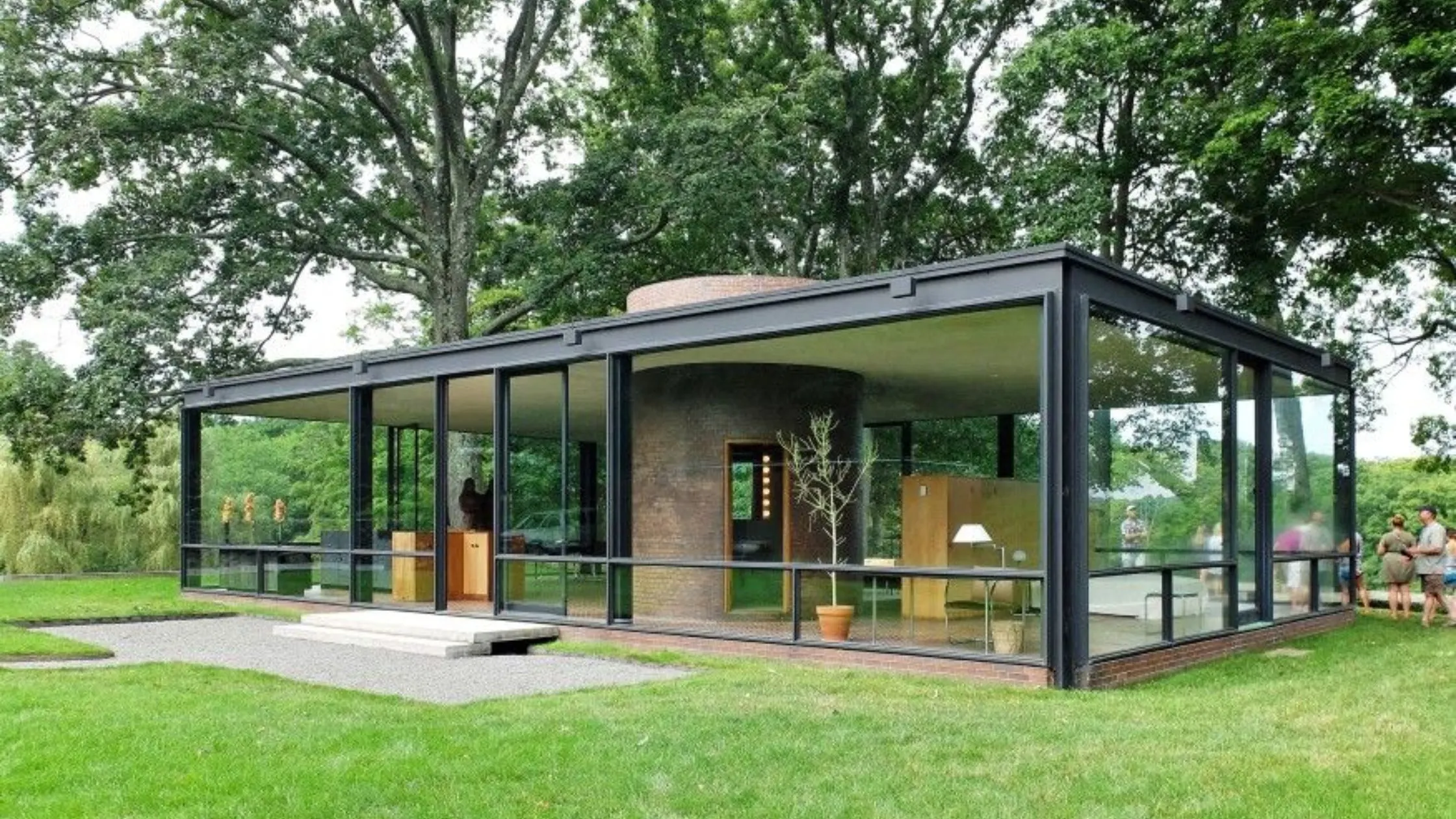
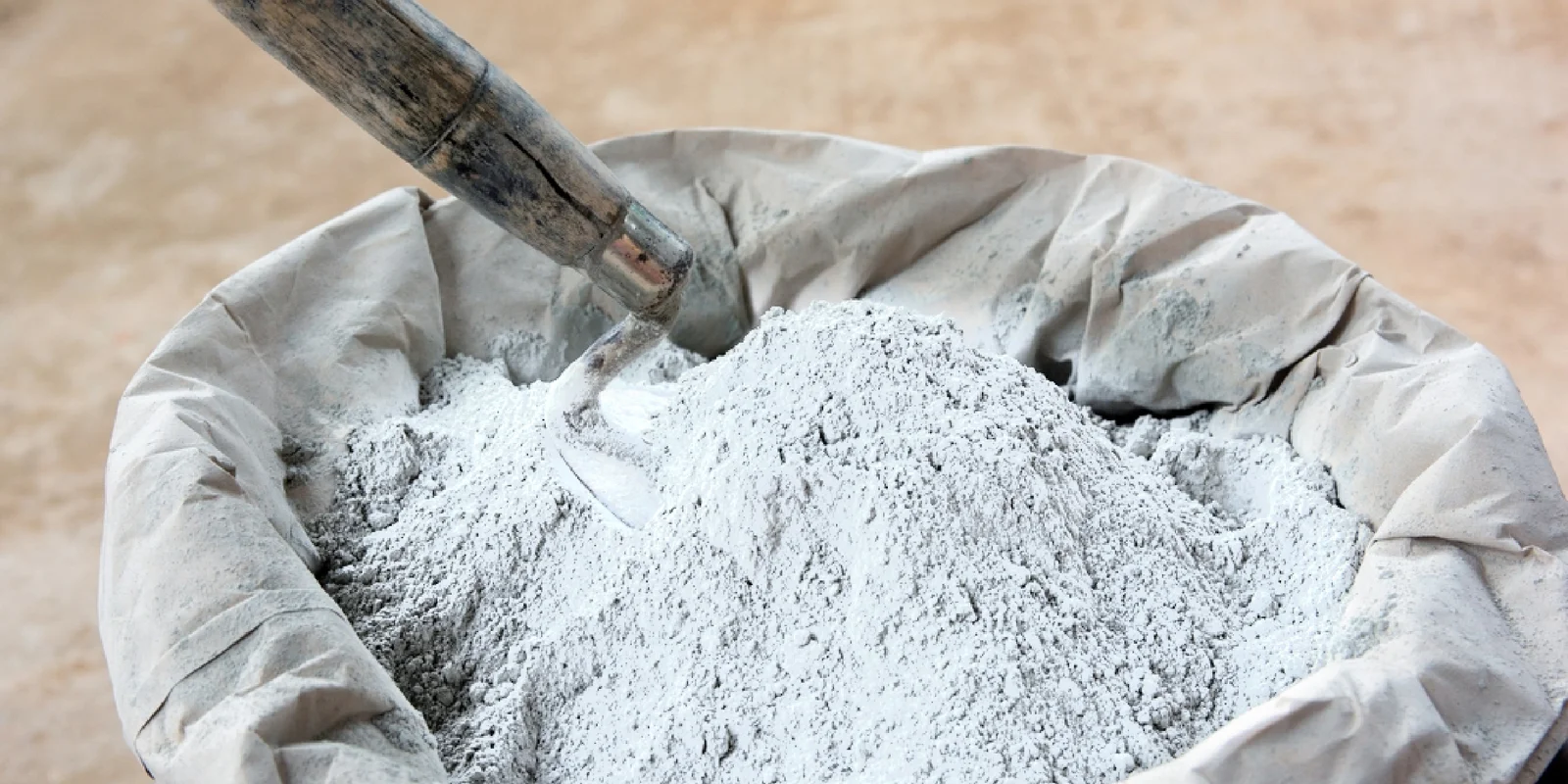

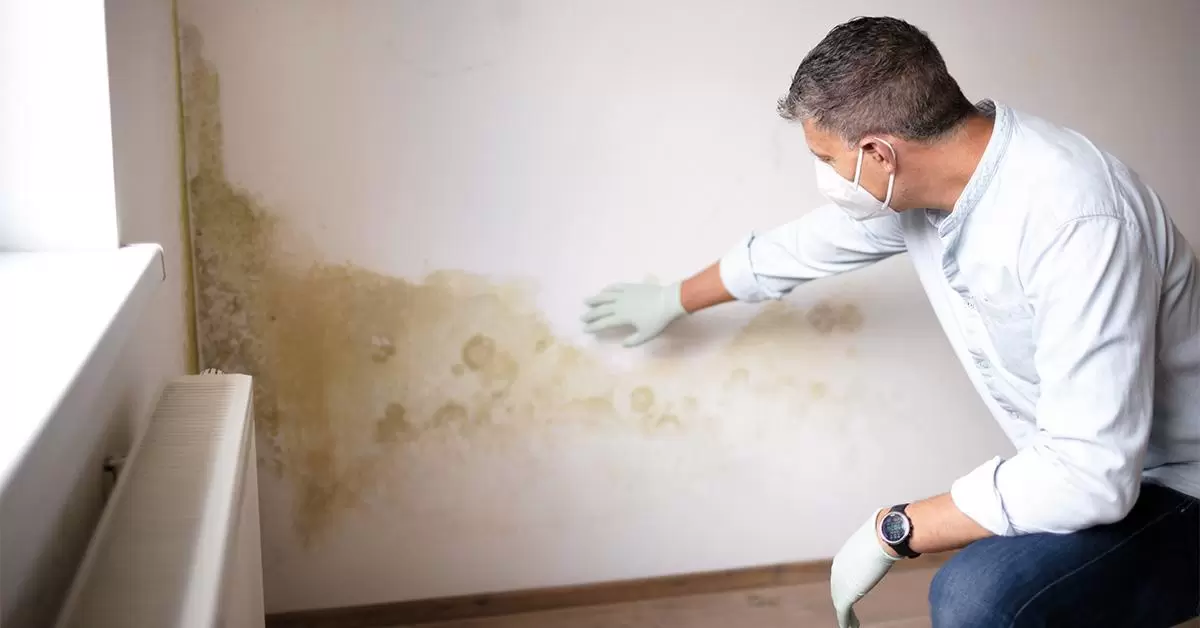


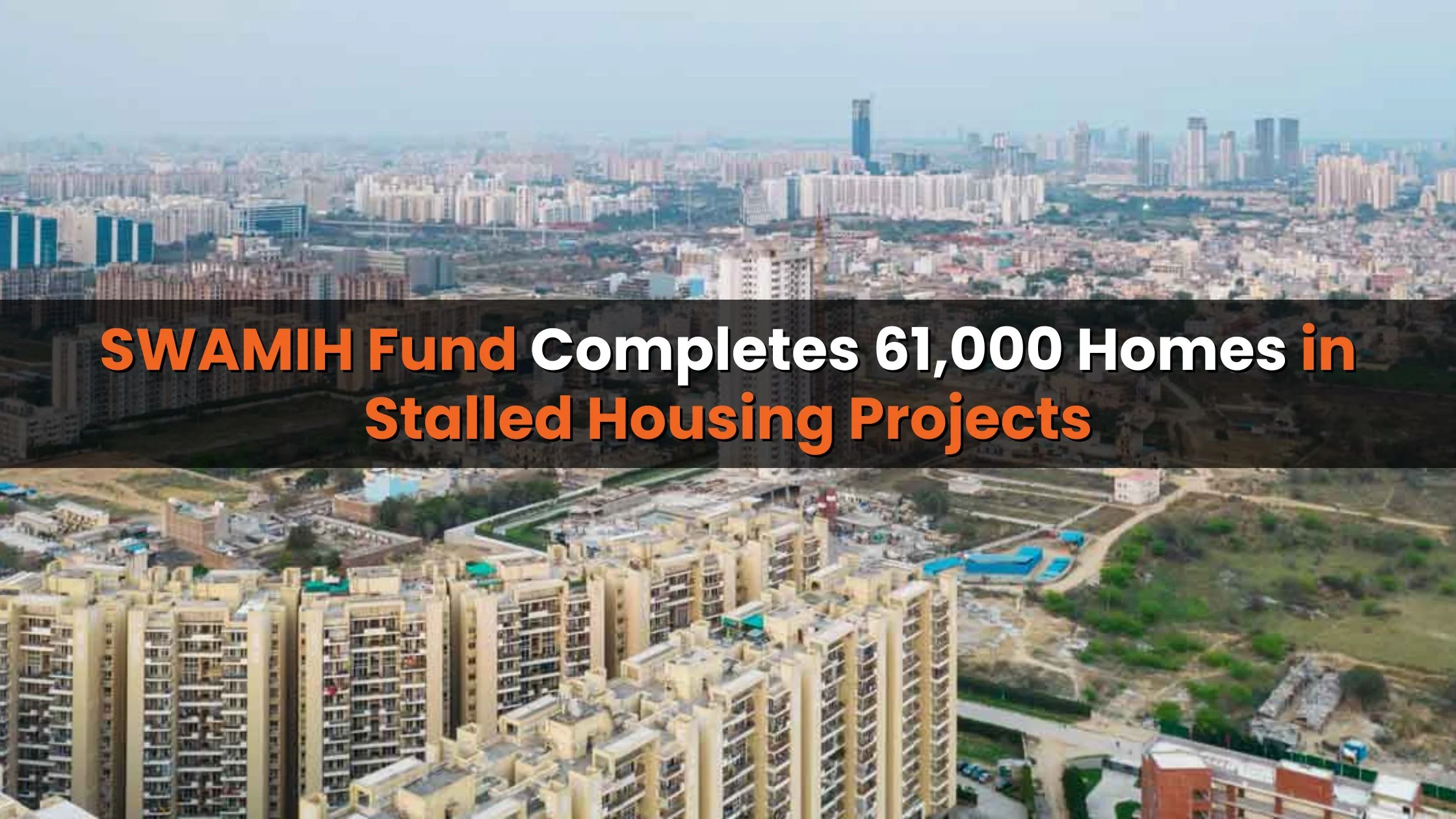
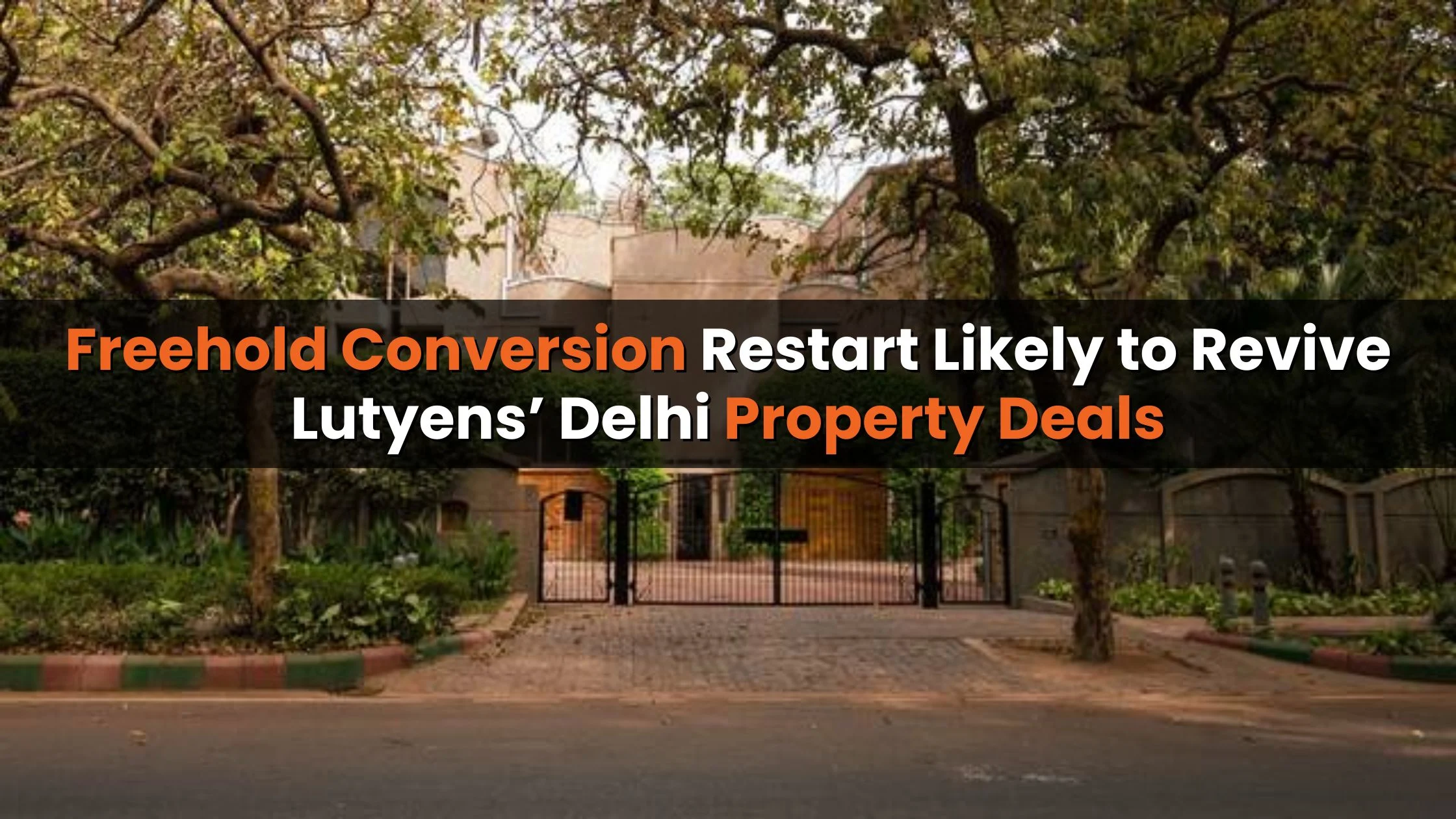
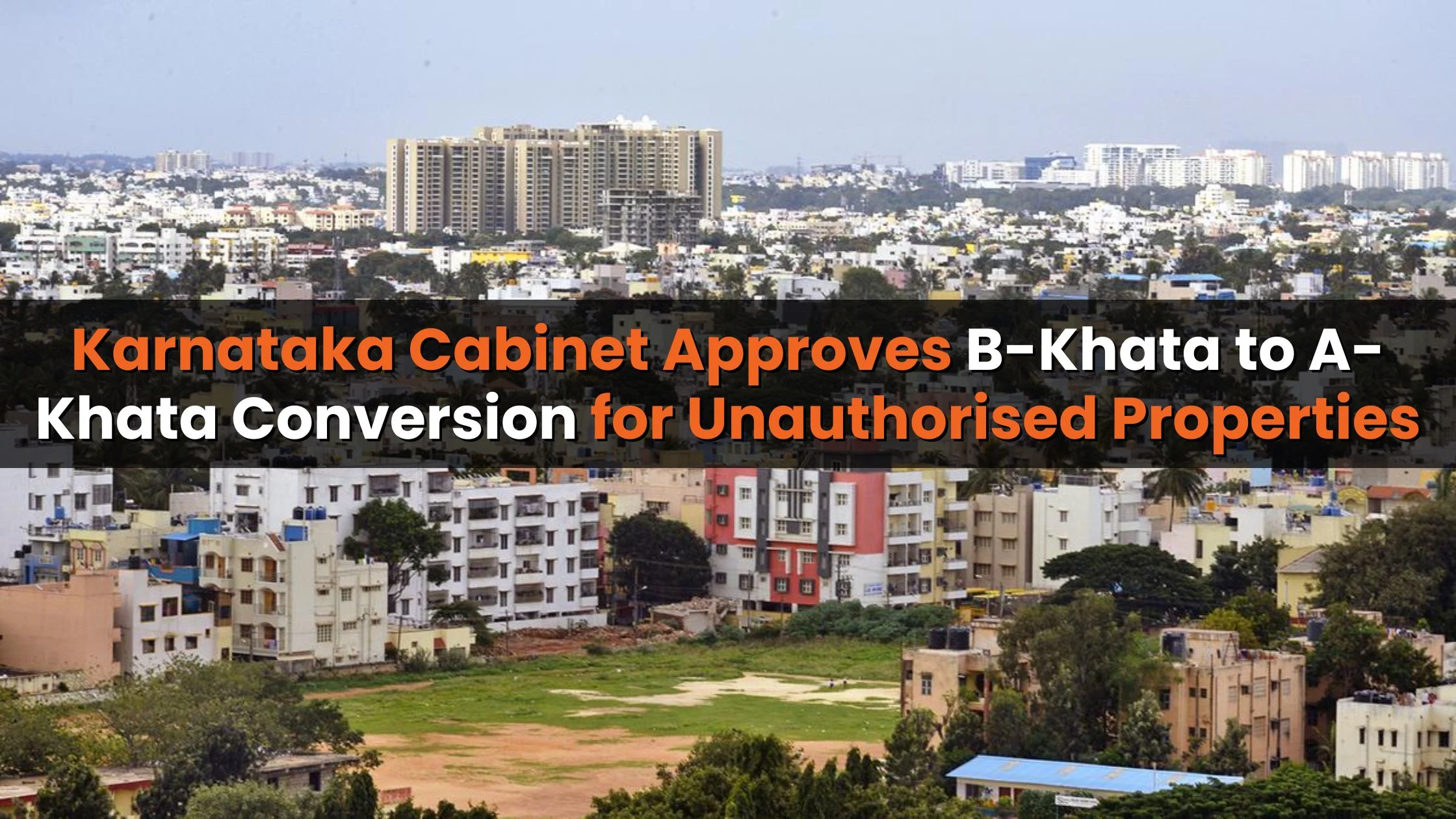


Ans 1. Cost-effective building materials are construction resources that help reduce overall building expenses while maintaining durability, functionality, and, in many cases, environmental sustainability. They allow homeowners to construct quality homes without overspending.
Ans 2. Prefabricated panels are manufactured off-site and assembled on location, which reduces on-site labor costs and speeds up construction. They also offer flexibility in design and precision, making them an affordable and modern choice for building a home.
Ans 3. Although the initial cost of natural stone may be higher, its durability and low maintenance make it a cost-effective option over time. Stones like granite, marble, and limestone provide long-lasting quality for both interior and exterior applications.
Ans 4. Fly ash bricks and aerated autoclaved concrete (AAC) blocks are lighter than traditional bricks, reducing structural load and overall material usage. Fly ash bricks are cheaper and require less water, while AAC blocks offer excellent insulation and fire resistance, lowering long-term energy costs.
Ans 5. Yes, using recycled materials such as plastic, metal scraps, or reclaimed timber not only reduces construction costs but also supports sustainability. These materials can be creatively incorporated into flooring, walls, furniture, or decorative elements.
Ans 6. Straw or thatch roofing provides natural insulation at a low cost and adds a rustic appeal, particularly suitable for rural or eco-conscious projects. Corrugated metal sheets are durable, lightweight, weather-resistant, and easy to install, making them ideal for budget-friendly construction.
Ans 7. Bamboo grows quickly and is stronger than many hardwoods, making it versatile for flooring, walls, and roofing while being cost-effective. Rammed earth uses locally available soil and provides excellent thermal insulation, durability, and a natural finish at low cost.
Ans 8. LVL offers greater strength and durability than regular timber, suitable for beams and frames, while hempcrete is lightweight, insulating, and sustainable. Both provide cost-effective and environmentally friendly alternatives for modern construction.
Ans 9. Not necessarily. Many cost-effective materials, such as stone cladding, reclaimed timber, or bamboo, enhance the visual appeal of a home while remaining affordable. With thoughtful design and proper selection, durability and style can go hand in hand.
Ans 10. Choosing the right materials requires balancing cost, durability, insulation properties, sustainability, and design preferences. Considering factors like location, climate, and long-term maintenance will help you select materials that meet both your budget and functional needs.